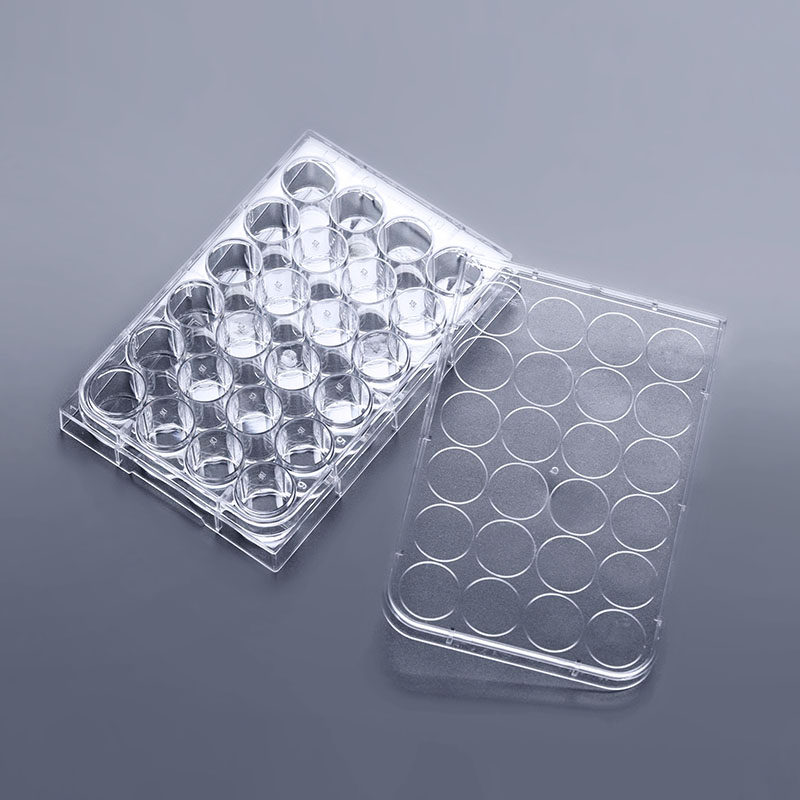Cell culture plates are indispensable consumables in biological experiments, playing a crucial role in the cultivation and study of cells. Their design and performance are vital for cell growth and the reliability of experimental results. Below is a detailed introduction to two key features of cell culture plates:
Batch-to-Batch Consistency
The batch-to-batch consistency of cell culture plates is an important indicator of product quality and stability. This feature ensures that cell culture plates from different batches exhibit consistent performance and quality, reducing errors and uncertainties in experiments due to variations in consumables. Manufacturers ensure batch-to-batch consistency through strict production process controls and quality management systems, including raw material selection, production process monitoring, and final product inspection. This ensures the reliability and accuracy of experimental results required by research institutions, pharmaceutical companies, and testing agencies.

Adhesion Capability
The adhesion capability of cell culture plates is one of their fundamental features, especially for adherent cell lines that require cell attachment for growth. Cell culture plates are typically made from materials such as polystyrene, which possess a degree of hydrophobicity. To enhance their adhesion capabilities, surface modification treatments are often applied. These treatments make it easier for cells to attach to the surface of the plate, effectively supporting cell growth and proliferation. Some customers may even require additional coating solutions to further improve adhesion performance, ensuring stable cell growth during cultivation.
Cell culture plates are not only widely used in academic research but also play a key role in drug screening, toxicology studies, and clinical diagnostics. Their adhesion capabilities and batch-to-batch consistency are crucial to ensuring the stability and reproducibility of cell culture experiments. Researchers should carefully consider the design features and manufacturing quality of cell culture plates when selecting and using them to ensure the reliability of experimental results and the enhancement of scientific value.
The FAI climbed 5.9 percent year-on-year in the first 11 months of 2018, quickening from the 5.7-percent growth in Jan-Oct, the National Bureau of Statistics (NBS) said Friday in an online statement.
The key indicator of investment, dubbed a major growth driver, hit the bottom in August and has since started to rebound steadily.
In the face of emerging economic challenges home and abroad, China has stepped up efforts to stabilize investment, in particular rolling out measures to motivate private investors and channel funds into infrastructure.
Friday's data showed private investment, accounting for more than 60 percent of the total FAI, expanded by a brisk 8.7 percent.
NBS spokesperson Mao Shengyong said funds into weak economic links registered rapid increases as investment in environmental protection and agriculture jumped 42 percent and 12.5 percent respectively, much faster than the average.
In breakdown, investment in high-tech and equipment manufacturing remained vigorous with 16.1-percent and 11.6-percent increases respectively in the first 11 months. Infrastructure investment gained 3.7 percent, staying flat. Investment in property development rose 9.7 percent, also unchanged.
 English
English


















































